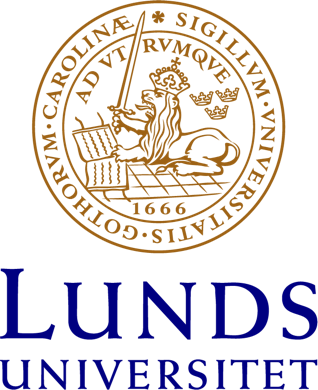MIF inhibition interferes with the inflammatory and T cell-stimulatory capacity of NOD macrophages and delays autoimmune diabetes onset
Macrophages contribute in the initiation and progression of insulitis during type 1 diabetes (T1D). However, the mechanisms governing their recruitment into the islets as well as the manner of retention and activation are incompletely understood. Here, we investigated a role for macrophage migration inhibitory factor (MIF) and its transmembrane receptor, CD74, in the progression of T1D. Our data i
